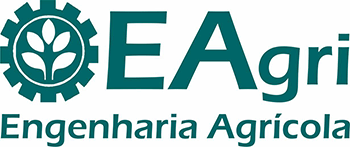ABSTRACT
To explore the downwash airflow characteristics of a multi-rotor UAV and its effect on droplet movement and deposition, a comparative experiment between static-state and hovering-state spraying was carried out with a DJI MG-1P eight-rotor plant protection UAV. The results showed that the overall strength of the downwash airflow decreased further below the UAV. The direction of the airflow directly under the UAV was almost vertically downward and first increased and then decreased in speed. Closer to the ground, the airflow was directed outward with angles in the vertical direction of 71.3° and 81.5°. In general, the downwash airflow velocity and direction on both sides of the UAV were nearly symmetrically distributed. Compared with the static-state spraying, the high-speed downwash airflow in the hovering-state spraying significantly increased droplet velocity and size. The downwash airflow increased the amount of spray deposition in the different measurement layers but reduced the uniformity of the deposition. For the section (L-B-F-J-M) perpendicular to the flight direction, the near ground deposition was the best for the hovering-state spraying, with an average deposition of 5.85 μL/cm2 and an RSD of 36.87%. This study can be a reference for the optimization of the downwash airflow and the improvement of the spray application uniformity of multi-rotor UAVs.
spray droplet; motion characteristics; spatial distribution; plant protection; unmanned aerial vehicle; pesticide application technology

 Thumbnail
Thumbnail
 Thumbnail
Thumbnail
 Thumbnail
Thumbnail
 Thumbnail
Thumbnail
 Thumbnail
Thumbnail




